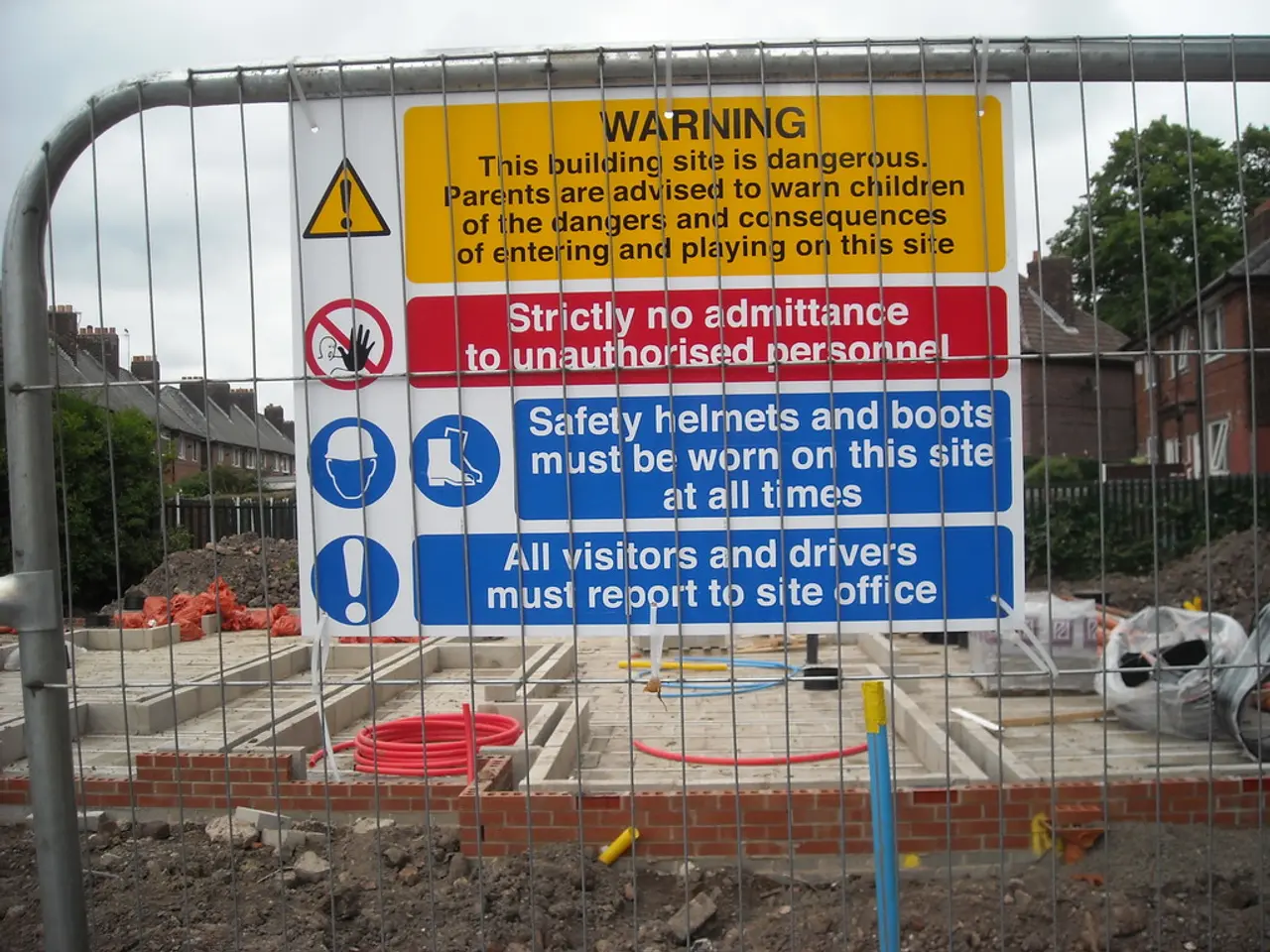Strategies for Post-Flood Recovery and Storm Damage Cleanup
In the aftermath of a flood or storm, it's crucial to approach the clean-up and restoration process with a structured approach. Here's a step-by-step guide on how to safely and efficiently restore your home in Victoria.
1. Ensuring Home Safety First:
Before entering your home, ensure that authorities have declared it safe. Switch off electricity and gas at the main supply as a precaution. Wear personal protective equipment (PPE) such as gloves, boots, and masks to avoid contact with contaminated water and debris. Check for structural damage before entering, as weakened floors or walls could collapse. Ventilate the home to reduce mold risk and dampness.
2. Cleaning and Disinfecting:
Remove standing water quickly using pumps or wet vacuums. Remove wet carpets, furniture, and materials that cannot be dried or sanitized. Clean all surfaces with detergent and disinfectants to kill pathogens introduced by floodwater.
Consider using professional water damage restoration services. They can assess hidden moisture in walls/floors and conduct thorough drying and mold prevention, which is critical to avoid long-term issues like structural decay and health risks from mold. Dry the property completely using fans, dehumidifiers, and ventilation.
Dispose of contaminated items safely according to local council guidelines. If mold growth is visible or suspected, consider professional mold removal.
3. Documenting Damage for Insurance:
Before starting cleanup, take clear photographs and videos of all damage. Keep records of damaged items, their value, and any repair or replacement costs. Keep receipts for all cleanup, restoration, and repair expenses. Contact your insurance provider early to understand coverage and processes, including flood insurance specifics in Victoria. Submit the documented evidence as requested by your insurer to support your claim.
Additional Tips:
- Pump out standing water and shovel out mud and silt to remove water and mud quickly.
- Broken windows should be covered with a sturdy material such as plastic sheeting or plywood, and secured with strong tape or screws.
- After wiping away visible water and mud, thoroughly dry to prevent rot and mould.
- Don't bring children or pets into flood-damaged property.
- Check electrical equipment. Have electrical items checked by an electrician before using them again.
- Sanitize kitchen utensils and appliances by boiling them.
- Floodwater can make wiring and appliances dangerous, so get an electrician to check them.
- Mud can seep into all the nooks and crannies in your home during a flood, lingering in spaces you wouldn't even think to check.
- If not washable, consider professional cleaning for soft furnishings.
- Prune or remove unstable or broken trees and branches from your garden.
- When dealing with extensive water damage, unstable structures, or recurring mould, consider professional help.
Following these steps provides a comprehensive way to restore your home safely while supporting claims and preventing future health and structural issues. Professional restoration companies in Victoria specialize in emergency water extraction, thorough drying, and mold prevention, essential services for effective flood recovery.
1. Understanding Environmental Impact:
Examine the extent of climate-change related damage to your home and the environment. Assess the impact of floods and storms on your home-and-garden ecosystem, as well as local waterways and wildlife habitats. If necessary, seek assistance from environmental-science experts to develop sustainable practices for future disaster resilience and prevention, ensuring a safe and eco-friendly lifestyle.
2. Improving Home Eco-Friendliness Post-Recovery:
Once the immediate clean-up and repair are complete, consider incorporating environmentally-friendly measures into your home's restoration process. Replace flood-damaged appliances and fixtures with energy-efficient alternatives, insulate walls for better thermal efficiency, and opt for eco-friendly building materials in any reconstruction. Utilize solar panels, rainwater collection systems, and green spaces to enhance sustainability and minimize environmental footprint in your home-and-garden.




